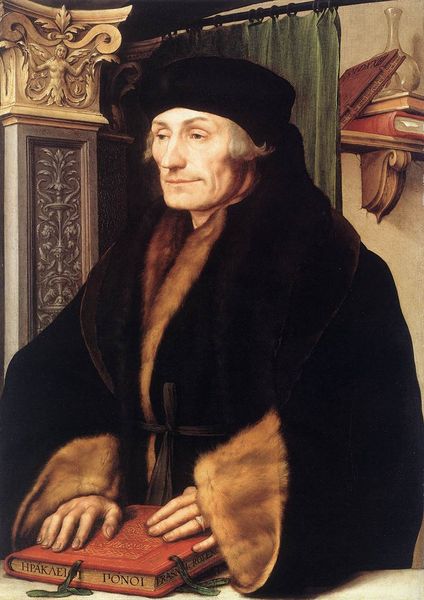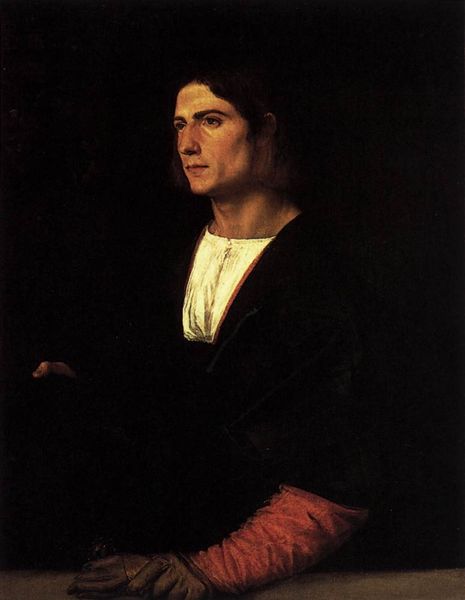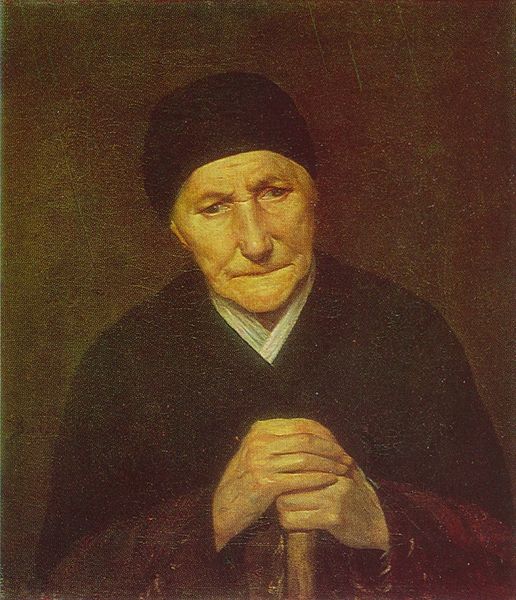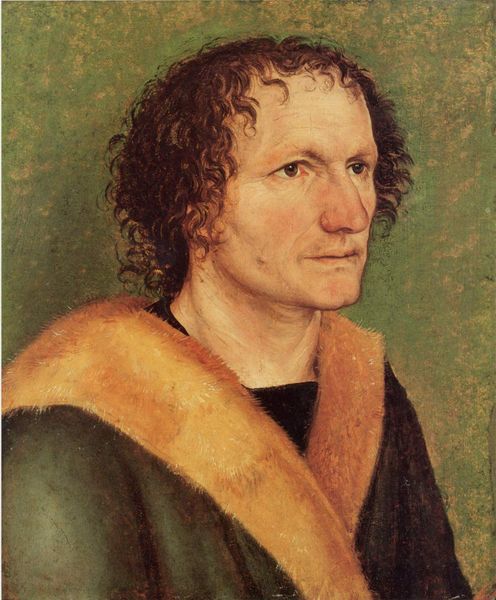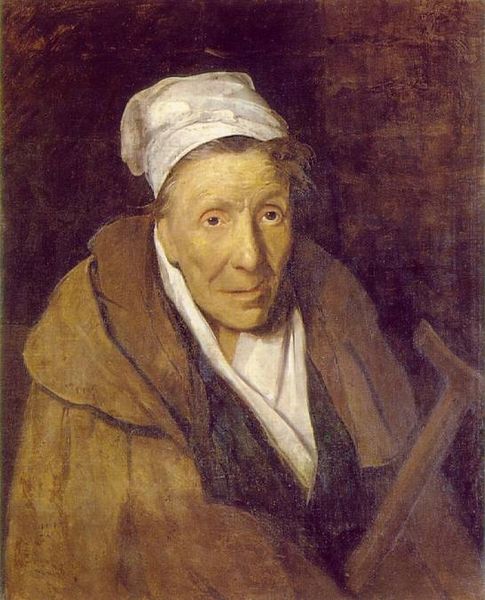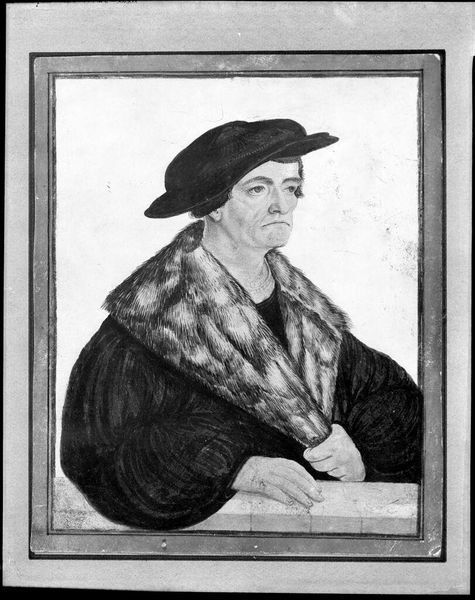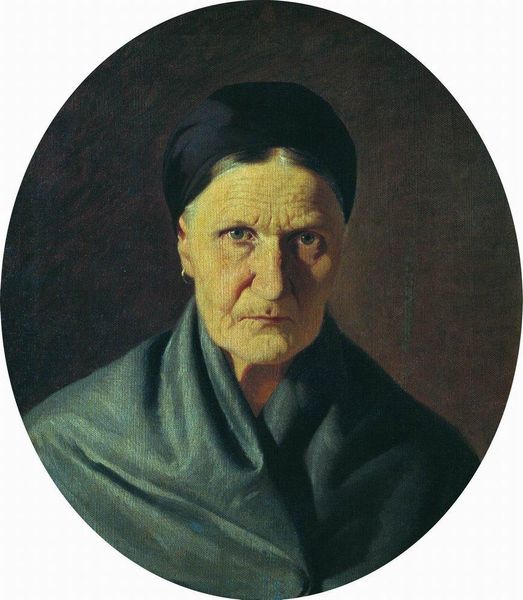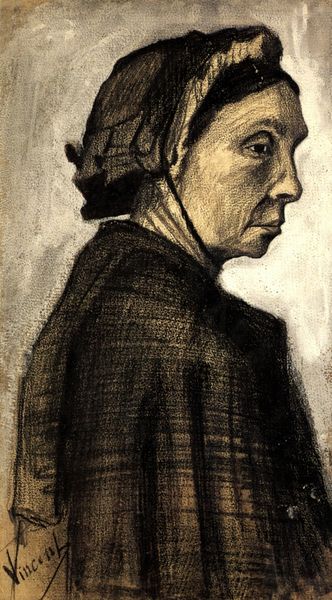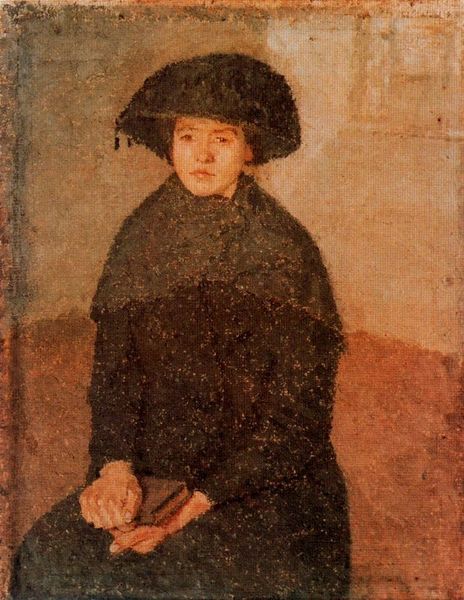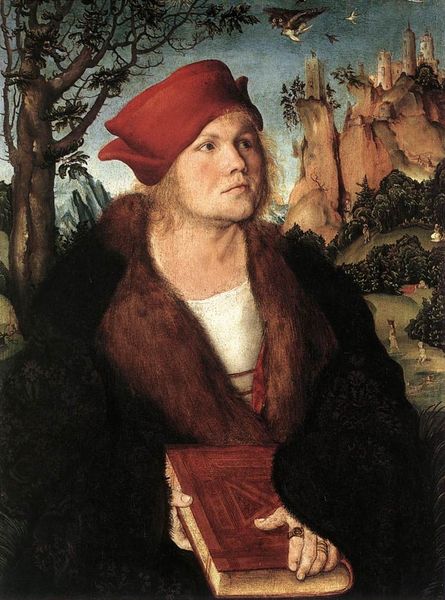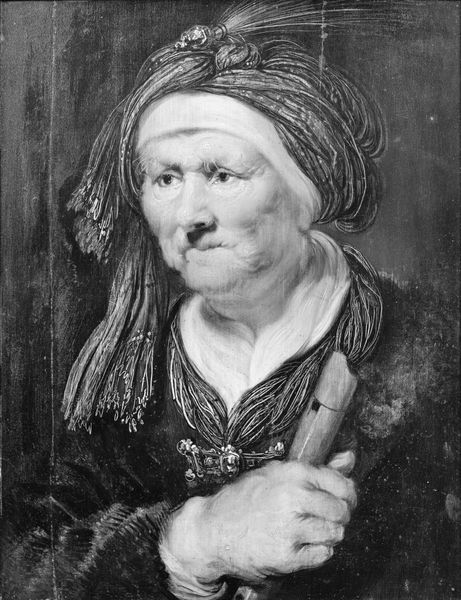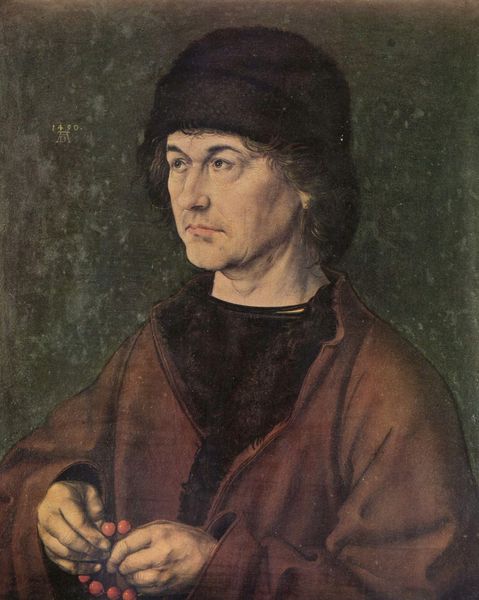
painting, oil-paint
#
portrait
#
self-portrait
#
portrait
#
painting
#
oil-paint
#
northern-renaissance
#
realism
Copyright: Public domain
Curator: Here we have Albrecht Durer's "Albrecht Durer's Father," painted in 1497 and currently housed in the National Gallery, London. It's an oil painting, exemplary of the Northern Renaissance's devotion to realism and portraiture. Editor: Gosh, he looks…unimpressed. Or maybe just deeply tired. That amber background and the weight of those browns—it feels almost oppressively serious, doesn't it? Curator: Absolutely. This painting exists at an intersection of personal and historical narratives. Durer was deeply influenced by the humanist movement, with its focus on individual worth, but also constrained by societal expectations concerning familial and economic obligations. The sitter, Durer's father, was a successful goldsmith and his financial backing helped enable Durer's career as an artist. Editor: So it’s like, respect, gratitude, maybe a dash of…resentment, all blended together in those pigments? Because you see the fine details, right? The wrinkles around the eyes, the careful rendering of the fur lining of the coat. Someone took their time here, despite the subject's somewhat sour disposition. Curator: Precisely. This is also about inherited expectations and challenging social mobility. It is tempting to analyse such a work through a lens informed by class and cultural capital. How might Durer's own ambitions intersected with and departed from those of his father, and to what extent are filial relationships necessarily interwoven with economic exchange and expectations of both duty and care? Editor: It is definitely making me think about the expectations my family has for me! But on a different note—the way Durer used oil paint is fascinating. There's such subtlety in the gradations of colour, especially in the face. It’s almost sculptural in the way it models the form. And something about those slightly downturned lips makes him seem incredibly knowing. Curator: Agreed. Durer's mastery of oil paint is indeed notable here; an element to also consider would be how portraits function in Renaissance society as markers of status, memory and class identity. Editor: So it’s both a likeness and a…statement? I see it! Even without knowing the specific historical context, you sense there’s a lot more going on than just depicting a man's face. Curator: Exactly, it’s a layered portrayal that invites us to contemplate the man, his role in Durer's life and how societal pressures might contribute to one's internal and external being. Editor: You know, despite the initial grimness I felt, looking closer, there’s a real tenderness too. In the careful observation, the unwavering gaze…a strange respect that grows as you really see this man. Curator: It serves as a poignant reminder of the complexities inherent in any parent-child relationship but particularly so, when filtered through artistic expression during an age in which identity and individualism were being redefined.
Comments
No comments
Be the first to comment and join the conversation on the ultimate creative platform.
